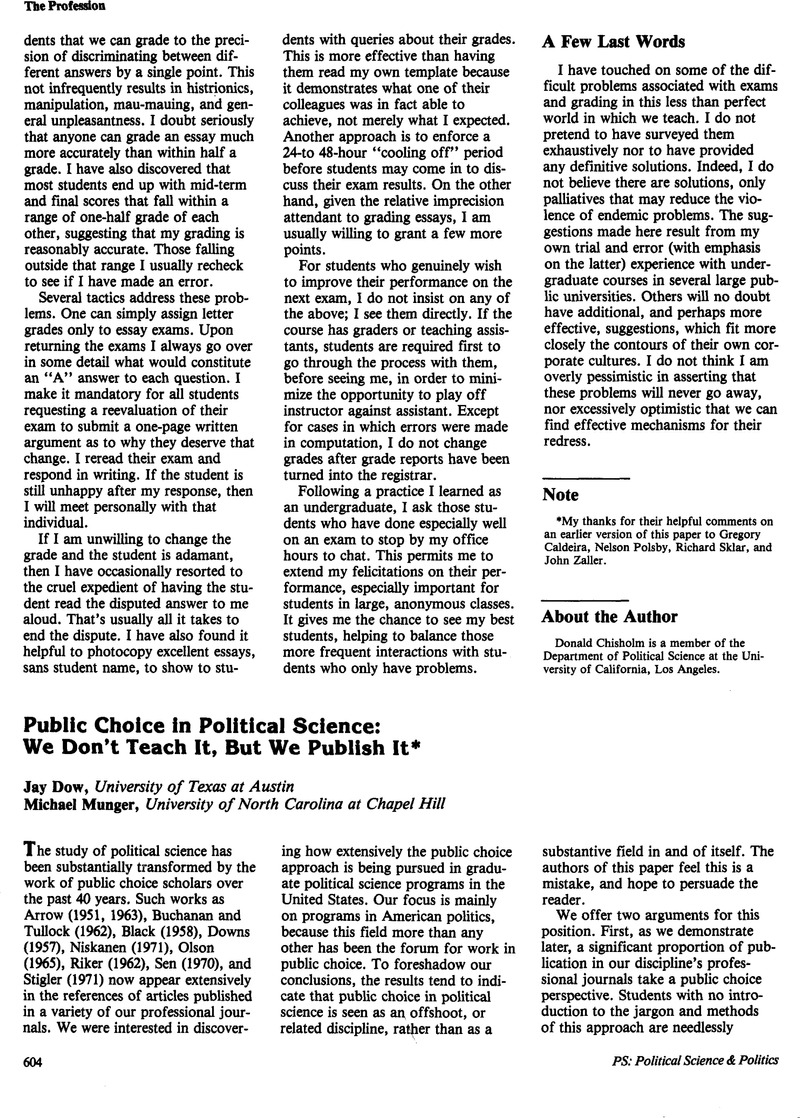Crossref Citations
This article has been cited by the following publications. This list is generated based on data provided by Crossref.
Johnson, Paul Edward
1990.
We Do Too Have Morals: On Rational Choice in the Classroom.
PS: Political Science & Politics,
Vol. 23,
Issue. 4,
p.
610.
Enelow, James M.
and
Morton, Rebecca B.
1993.
The Next Twenty-five Years of Public Choice.
p.
85.





